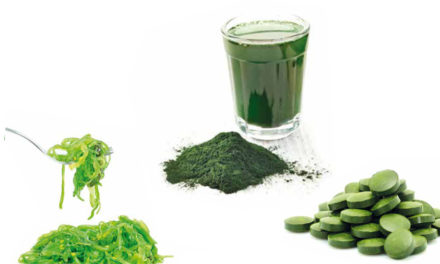Green Tea Catechins: Their Use in Treating and Preventing
Infectious Diseases
Wanda C. Reygaert
Biomedical Sciences Department, Oakland University William Beaumont School of Medicine, Rochester, MI 48309, USA Correspondence should be addressed to Wanda C. Reygaert; reygaert@oakland.edu
Received 20 March 2018; Accepted 10 June 2018; Published 17 July 2018 Academic Editor: Chedly Chouchani
Green tea is one of the most popular drinks consumed worldwide. Produced mainly in Asian countries from the leaves of the Camellia sinensis plant, the potential health benefts have been widely studied. Recently, researchers have studied the ability of green tea to eradicate infectious agents and the ability to actually prevent infections. Te important components in green tea that show antimicrobial properties are the catechins. Te four main catechins that occur in green tea are (-)-epicatechin (EC), (-)- epicatechin-3-gallate (ECG), (-)-epigallocatechin (EGC), and (-)-epigallocatechin-3-gallate (EGCG). Of these catechins, EGCG and EGC are found in the highest amounts in green tea and have been the subject of most of the studies. Tese catechins have been shown to demonstrate a variety of antimicrobial properties, both to organisms afected and in mechanisms used. Consumption of green tea has been shown to distribute these compounds and/or their metabolites throughout the body, which allows for not only the possibility of treatment of infections but also the prevention of infections.
(…)








